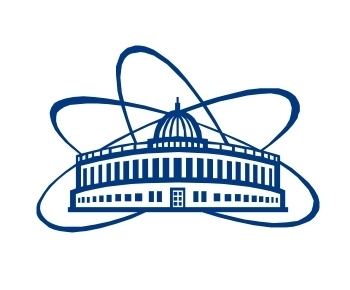Founded 26 March 1956 | ||
 | ||
Joint institute for nuclear research dubna russia
The Joint Institute for Nuclear Research (JINR, Russian: Объединённый институт ядерных исследований, ОИЯИ), in Dubna, Moscow Oblast (110 km north of Moscow), Russia, is an international research center for nuclear sciences, with 5500 staff members, 1200 researchers including 1000 Ph.D's from eighteen member states (including Armenia, Azerbaijan, Belarus and Kazakhstan). Most scientists, however, are eminent Russian scientists.
Contents
- Joint institute for nuclear research dubna russia
- Joint institute for nuclear research
- Founding
- Structure
- Fields of research
- Discoveries
- JINR Prize
- Directors
- References
The Institute has seven laboratories, each with its own specialisation: theoretical physics, high energy physics (particle physics), heavy ion physics, condensed matter physics, nuclear reactions, neutron physics, and information technology. The institute has a division to study radiation and radiobiological research and other ad hoc experimental physics experiments.
Principal research instruments include a nuclotron superconductive particle accelerator (particle energy: 7 GeV), three isochronic cyclotrons (120, 145, 650 MeV), a phasotron (680 MeV) and a synchrophasotron (4 GeV). The site has a neutron fast-pulse reactor (1500MW pulse) with nineteen associated instruments receiving neutron beams.
Joint institute for nuclear research
Founding
The agreement on the establishment of JINR was signed on March 26, 1956 in Moscow, with Wang Ganchang and Vladimir Veksler among the founders.
The institute was established on the basis of two research institutes of the USSR Academy of Sciences: the Institute for Nuclear Problems and the Electrophysical Laboratory.
Although the first research instrument was built at Dubna in 1947, it was not until the creation of CERN in 1954 that a countervailing group from the West was created—JINR.
Structure
The JINR has eight laboratories and University Centre:
Experimental Physics workshops are also parts of the Institute.
Fields of research
The main fields of the Institute's research are:
Discoveries
More than 40 major discoveries have been made.
JINR Prize
In 1961 the JINR Prizes were instituted.
